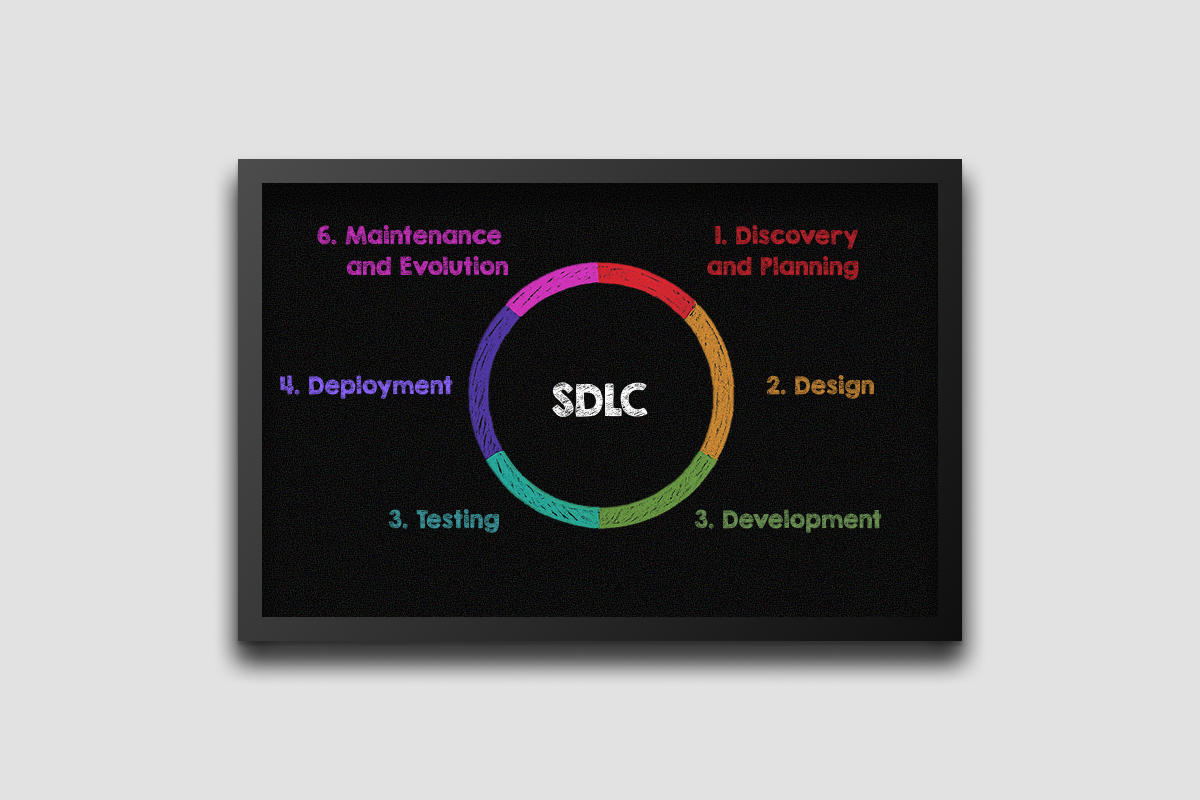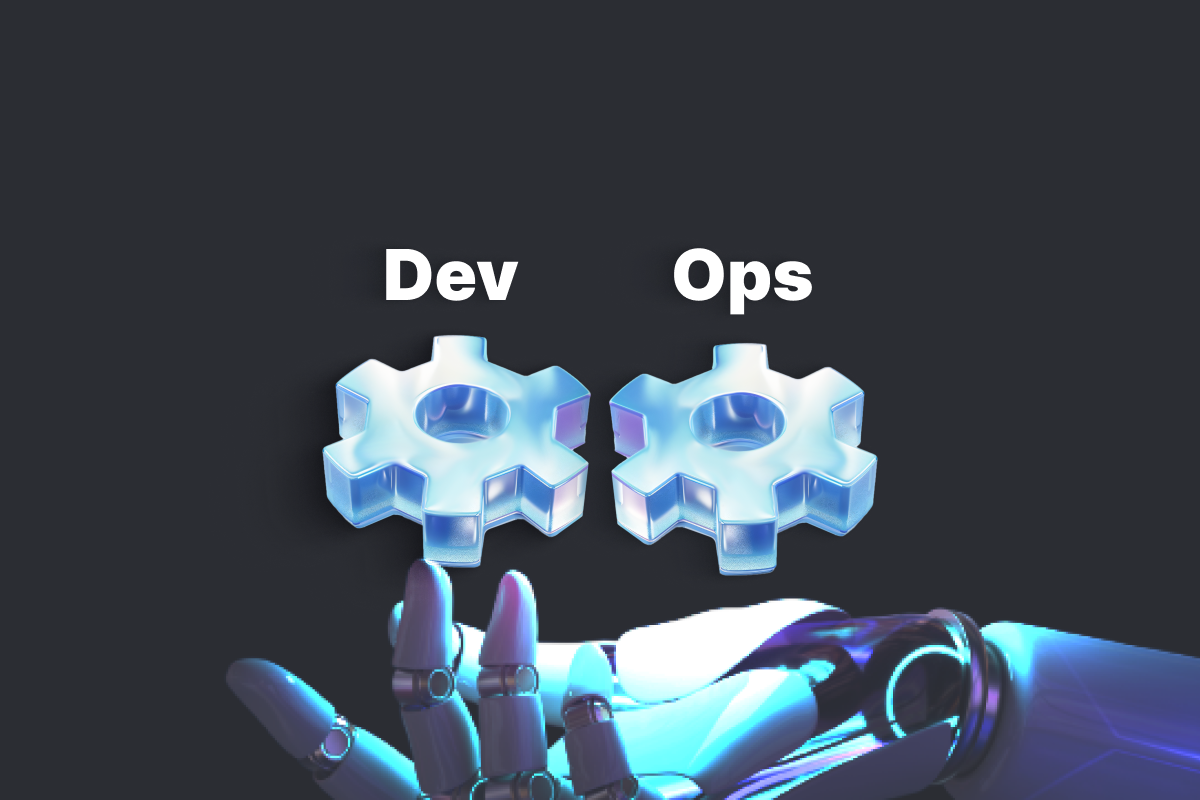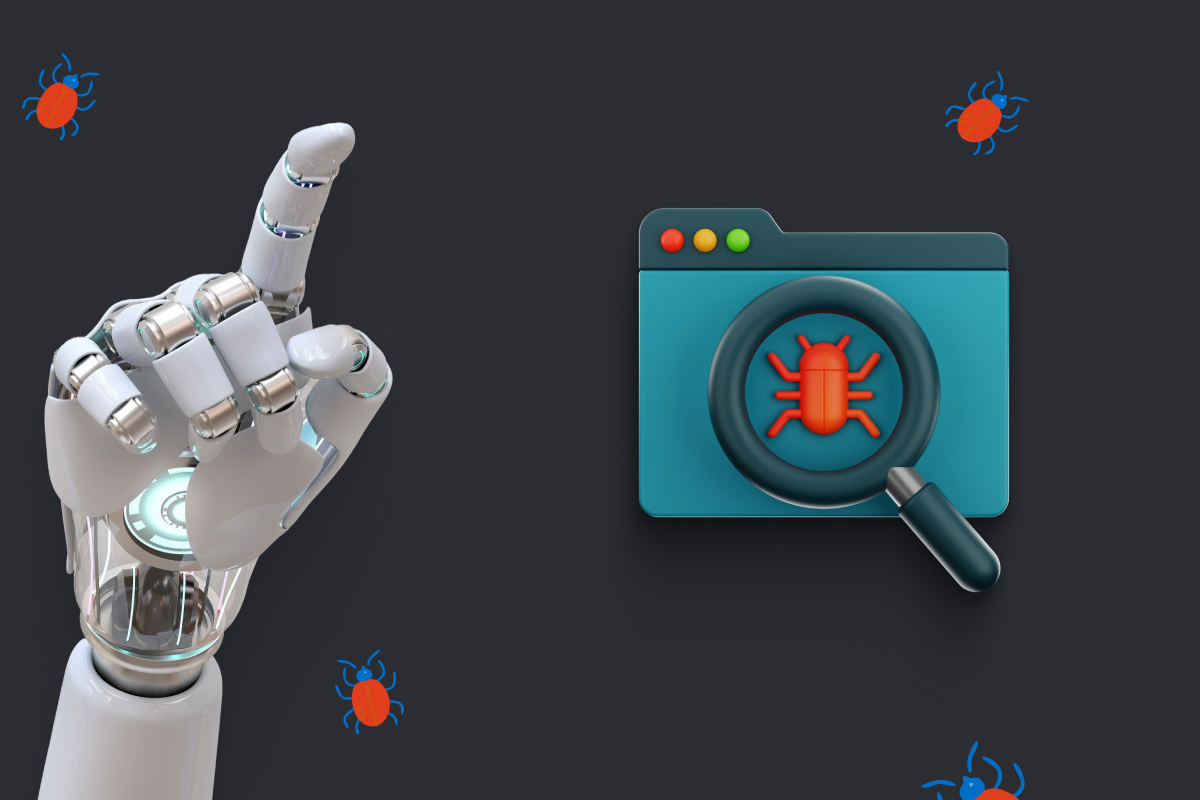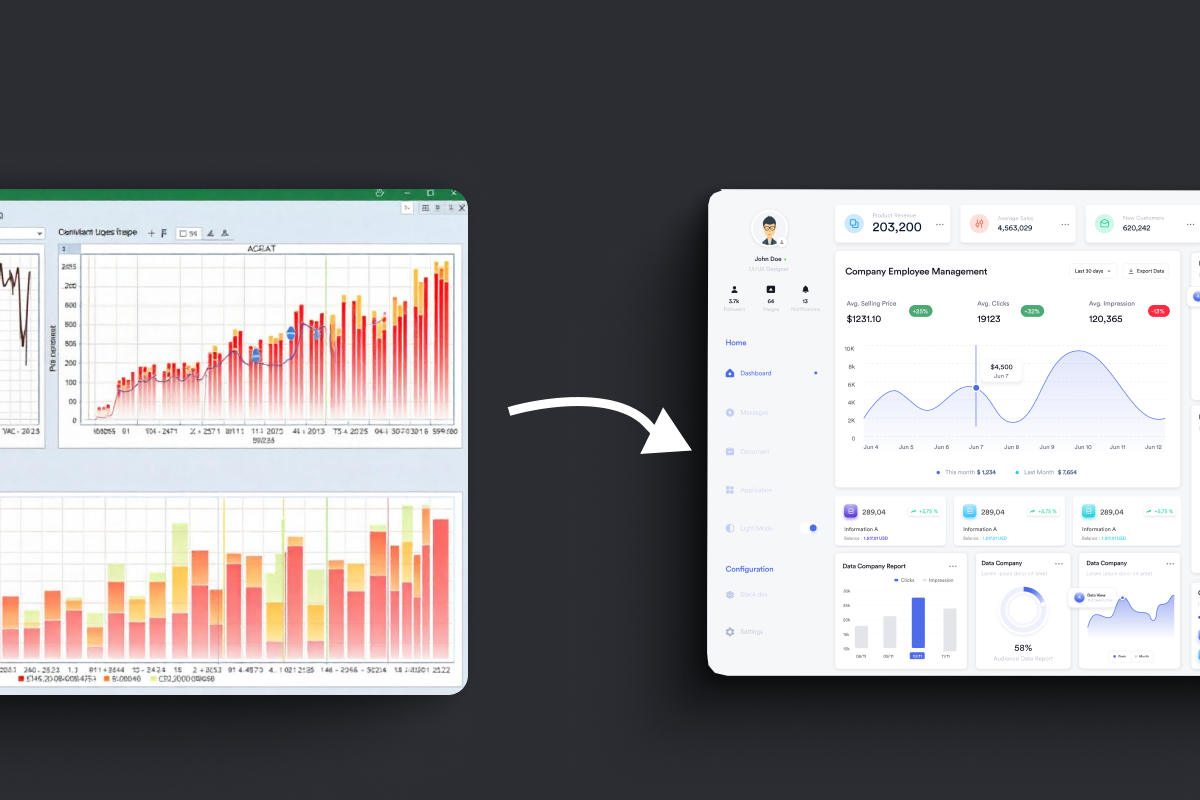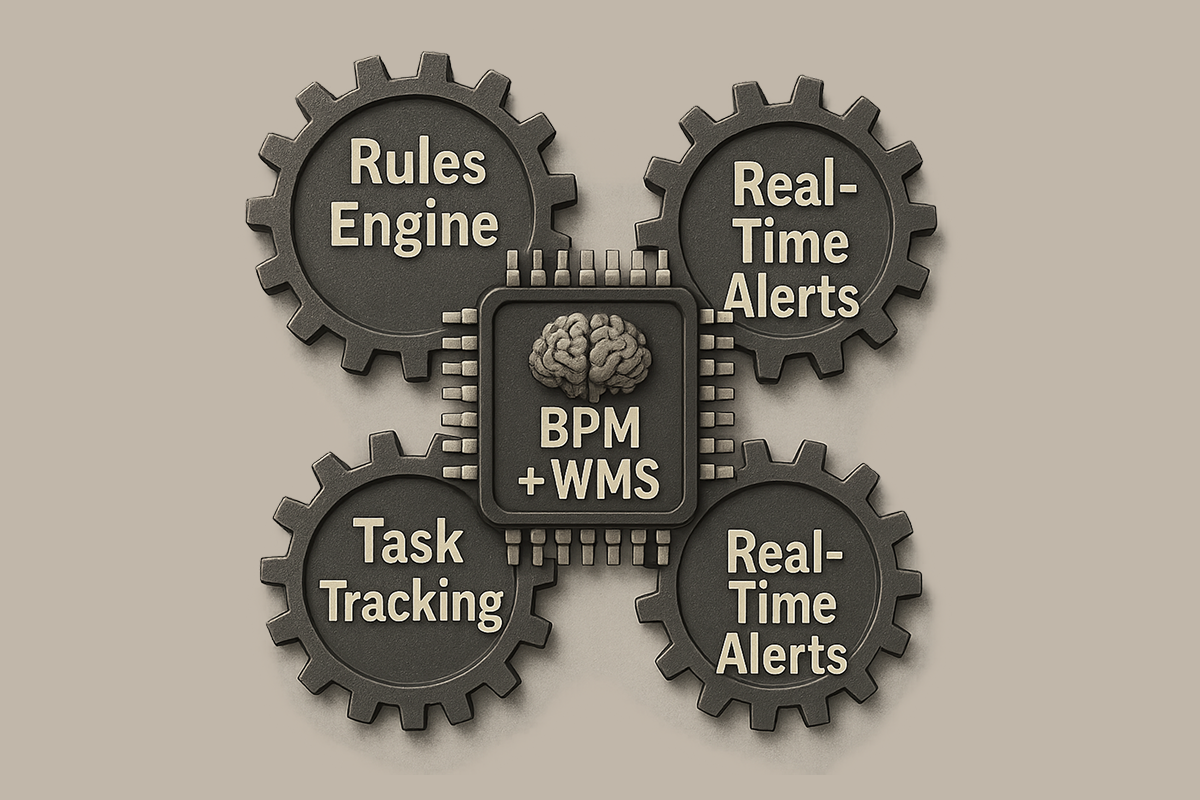Ask ten leaders why their internal product or internal software isn’t moving faster, and you’ll hear a familiar list: too many meetings, unclear ownership, slow decisions, features getting stuck between “almost done” and “actually shipped.” The intuitive fix is to add people. If five people get some things done, fifteen should get three times as much done, right?
In practice, most of the time, the opposite happens. The larger the software development team, the lower the contribution per person and the higher the coordination tax or team overhead. A simple way to see it: with fifteen people, you now have 105 possible communication paths.
Every new hire adds more alignment to maintain, more context sharing, more status to check. And in software development, there’s only so much true concurrency at the critical path. Two or three developers can be “hands on” the same area of the codebase at once, just as only two or three people can effectively be in the build process at the same time.
Everyone else waits for reviews, clarification, access, or a decision. That “waiting” looks like low-impact busywork, extra meetings, or, worse, silent confusion.
A common pattern we see across engineering teams and product teams is that a small core does most of the heavy lifting. When a team grows, the core-to-total ratio falls and project overhead rises. If you’ve ever watched a 15-person group where five or six consistently move the ball while others drift between tasks, you’ve seen this dynamic up close. It isn’t a motivation problem. It’s a system design issue.
Internal products are especially sensitive to this because their success hinges on decision velocity, stakeholder alignment, and rapid software delivery more than brute-force lines of code. You’re stitching together domain rules, business workflows, data integration, and internal software processes that must reflect how your business actually operates. That requires the shortest possible path between users, a product owner, and engineers who can implement decisions now, not after the next steering committee.
The Small-Team Advantage: Speed, Ownership, Focus, and Internal Product Efficiency
Small teams turn all of this to their favor. Fewer people mean fewer handoffs, fewer “quick syncs,” and fewer “what did we decide last week?” moments. Accountability is visible: when everyone is shipping, no one is a passenger. Priorities are clearer because there’s one backlog, not several competing to keep fifteen people “busy.”
The result is a faster loop from idea to production, a cleaner trail of decisions, and fewer reversals. Team culture improves as well. In smaller squads, everyone contributes meaningfully and learns quickly; knowledge retention is higher because it’s actively used, not just documented and forgotten.
Example: Comparing a Large Team vs. a Small Cross-Functional Team
Imagine two teams building the same internal workflow portal or internal software module. Team A has fifteen people split across separate build, test, and integration tracks. Team B is a six-person cross-functional squad.
Team A can schedule more meetings, write more status updates, and create more sub-roles to keep all fifteen occupied. Team B can get the product owner, tech lead, and two engineers to make a decision in an afternoon, ship a thin slice, and learn from real users this week.
After six weeks, Team A might have a lot of artifacts and an impressive board. Team B will have a working vertical slice in production, early automated tests, continuous deployment, and a clearer plan for the next six weeks informed by actual user adoption. Scale this pattern across a quarter, and the difference compounds.
Why Small Teams Respect True Concurrency Limits and Reduce Team Bottlenecks
Many stakeholders believe throwing more people at a feature speeds it up, but software development doesn’t behave like a warehouse shift. Beyond two or three contributors in a hot spot, you hit diminishing returns.
The queue of code reviews grows, the cognitive load on the tech lead spikes, and “who owns this?” becomes a daily question. Meanwhile, scarce resources: domain experts, staging environments, data sets, or testing environments, get thinned across a crowd. A small team can sequence work so the right two or three are hands-on exactly when it matters, while others focus on risk mitigation, automation, or preparing the next software slice.
This isn’t an argument for starving initiatives. It’s an argument for shaping projects. Most internal products don’t need a monolithic team; they need one small squad that owns a vertical slice end-to-end, or several small squads with clear project boundaries. When the problem truly requires more people, like regulated systems across multiple business units, you still get better throughput by composing the work into autonomous small teams rather than one giant team.
Small-Team Playbook for Internal Product Success and Team Productivity
So, what does it take to make a small team unbeatable? Start with composition.
- A product lead who can make trade-offs with stakeholders.
- A tech lead who codes and keeps the architecture coherent.
- Two or three engineers who can take features from API to UI and unit test to deployment. Quality focused on automation, happy-path coverage, and software quality from the beginning.
- UX specialists are involved early, even fractionally, to avoid rework.
- Platform expertise available part-time to remove friction from environments, CI/CD pipelines, and internal software systems. That’s usually enough.
Then give that team the operating model that small squads thrive on. One backlog tied to outcomes: cycle time, user adoption, error rates, and delivery speed - not a list of tickets to keep people busy.
Short cycles with a weekly demo so stakeholders steer with what they see, not what they imagine. A fifteen‑minute daily routine to unblock, and everything else is asynchronous by default. Fast code reviews are measured in hours, not days, so momentum doesn’t die in a queue. Lightweight architecture decision records that capture the “why” without bogging the team down in ceremony.
Pair or mob in risky areas to compress learning and reduce rework. And a relentless habit of removing friction one piece at a time: retire a standing meeting that doesn’t serve, fix the flaky tests, script the manual deployment step, standardize logging, so support doesn’t become a fire drill.
Metrics and Productivity in Small Teams
Notice what’s missing from that list: complexity. The goal isn’t to “optimize productivity metrics” by counting more tickets.
Team productivity, in a business sense, is outcomes per headcount. For internal software, that means getting valuable functionality into the hands of users with fewer delays, fewer defects, and fewer reversals.
A small team that makes better choices faster will beat a larger team that produces more artifacts every time. In our experience, when you move from a 12–15 person group to a focused squad of 4–7 working this way, you can expect lead time from idea to production to drop by 20–40%, change failure rates to fall as automation takes root, and stakeholder confidence to rise because progress is visible and predictable. Engineers spend less time waiting, less time in alignment, and more time building software.
Engagement and retention improve because everyone knows their work matters.
Handling Interruptions and Prioritization
Of course, some organizations worry small teams can’t handle interruptions, incidents, or the sheer volume of tasks.
The truth is the opposite: smaller teams make prioritization unavoidable. They force disciplined intake and expose anything that isn’t essential. Fire drills don’t disappear, but they stop derailing an entire department. And because decisions sit closer to the work, recovery is quicker.
When things change, they always do in internal software development; the pivot is measured in days, not months. The blast radius is smaller, learning is faster, and the cost of being wrong is lower.
Prove Small-Team Effectiveness Fast: Small-Team Sprint
If you want to feel this difference rather than just read about it, Azati offers a straightforward way to try it without committing your whole roadmap. We call it the Small‑Team Sprint.
In 6 weeks, we assemble a senior, cross-functional pod and work with your domain experts to deliver a production‑ready vertical slice of your internal product inside your environment.
Along the way, we put the operating model in place: a single prioritized backlog, weekly demos your stakeholders actually attend, fast reviews and CI/CD, so code ships the same week it’s written, and the basic observability that makes support sane.
At the end, you keep the code, the infrastructure, and the process. You can have us hand it over to your team with a clean transition, or extend the same pod to continue shipping. It’s a bounded, results‑first engagement designed to answer one question quickly: do you need more people, or just the right few?
If your internal product has been growing in headcount but not in momentum, give a small team six weeks to prove what’s possible. Book a 30‑minute planning call with Azati, and we’ll map the first slice, assemble the squad, and deliver in two weeks or less.







